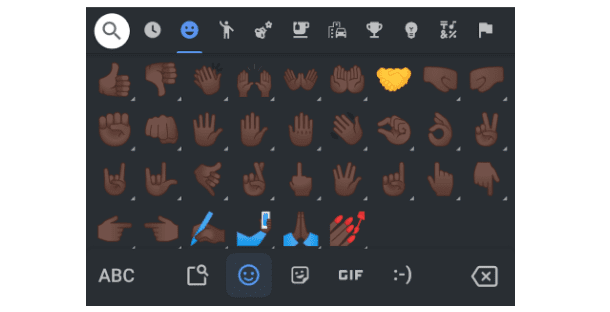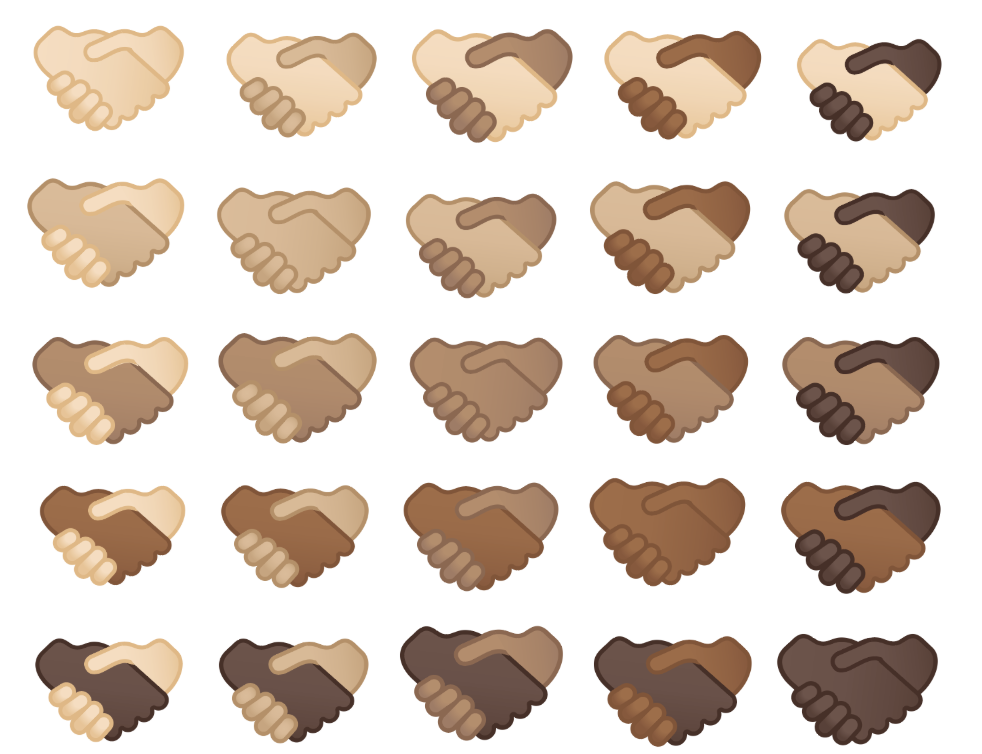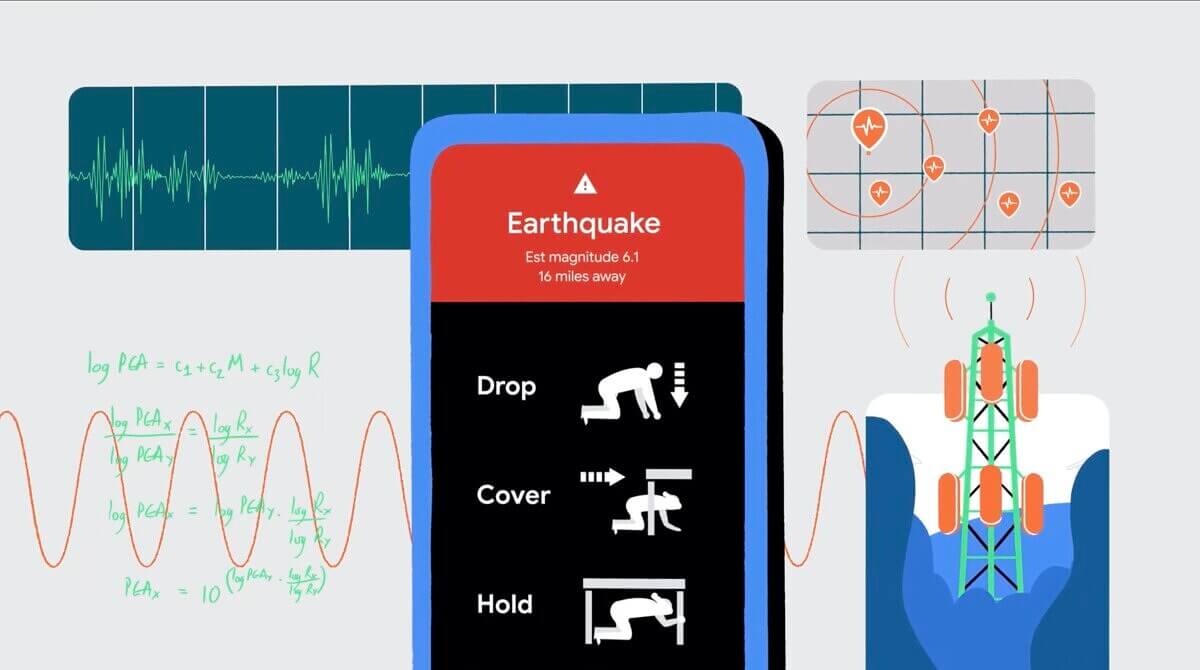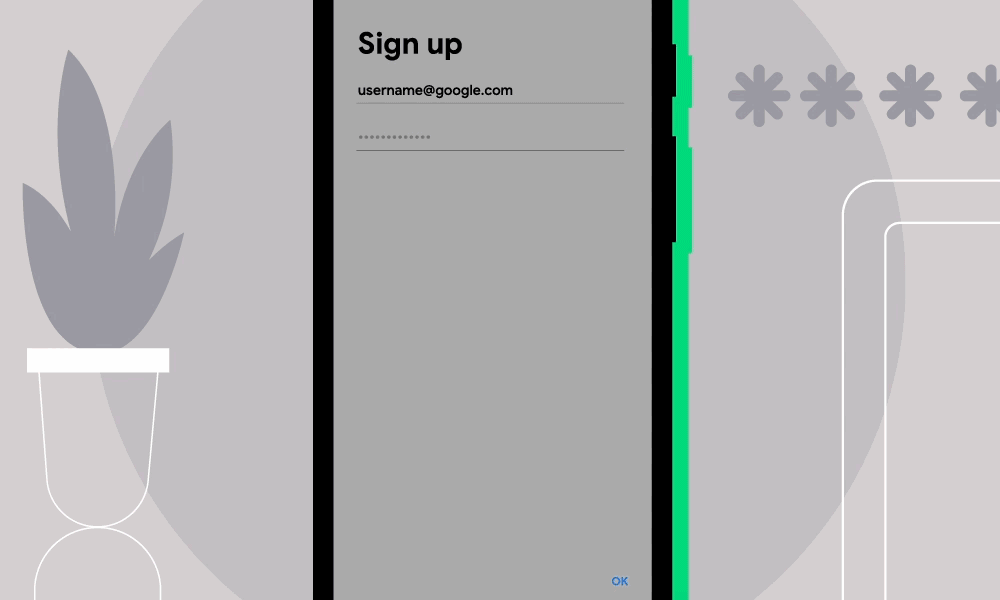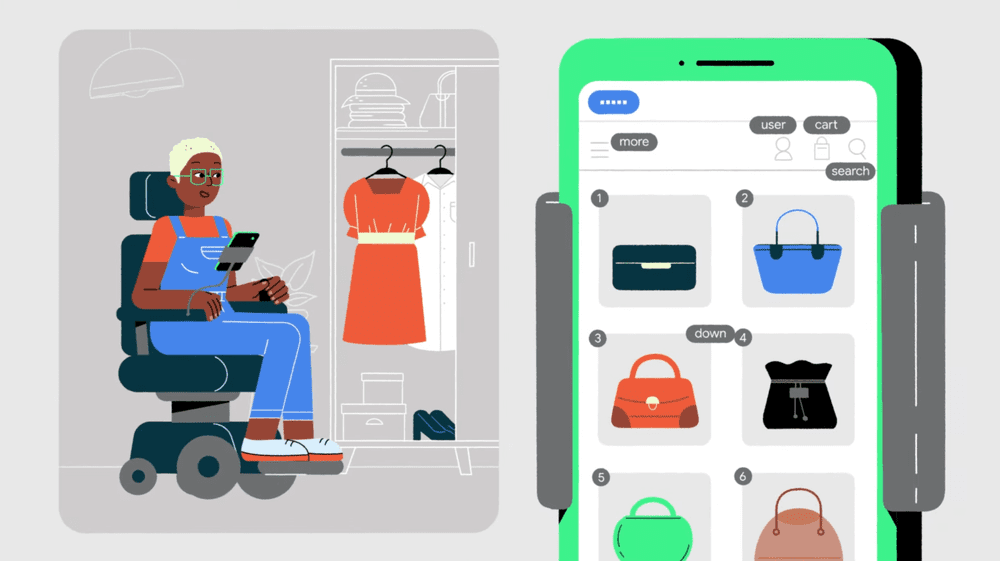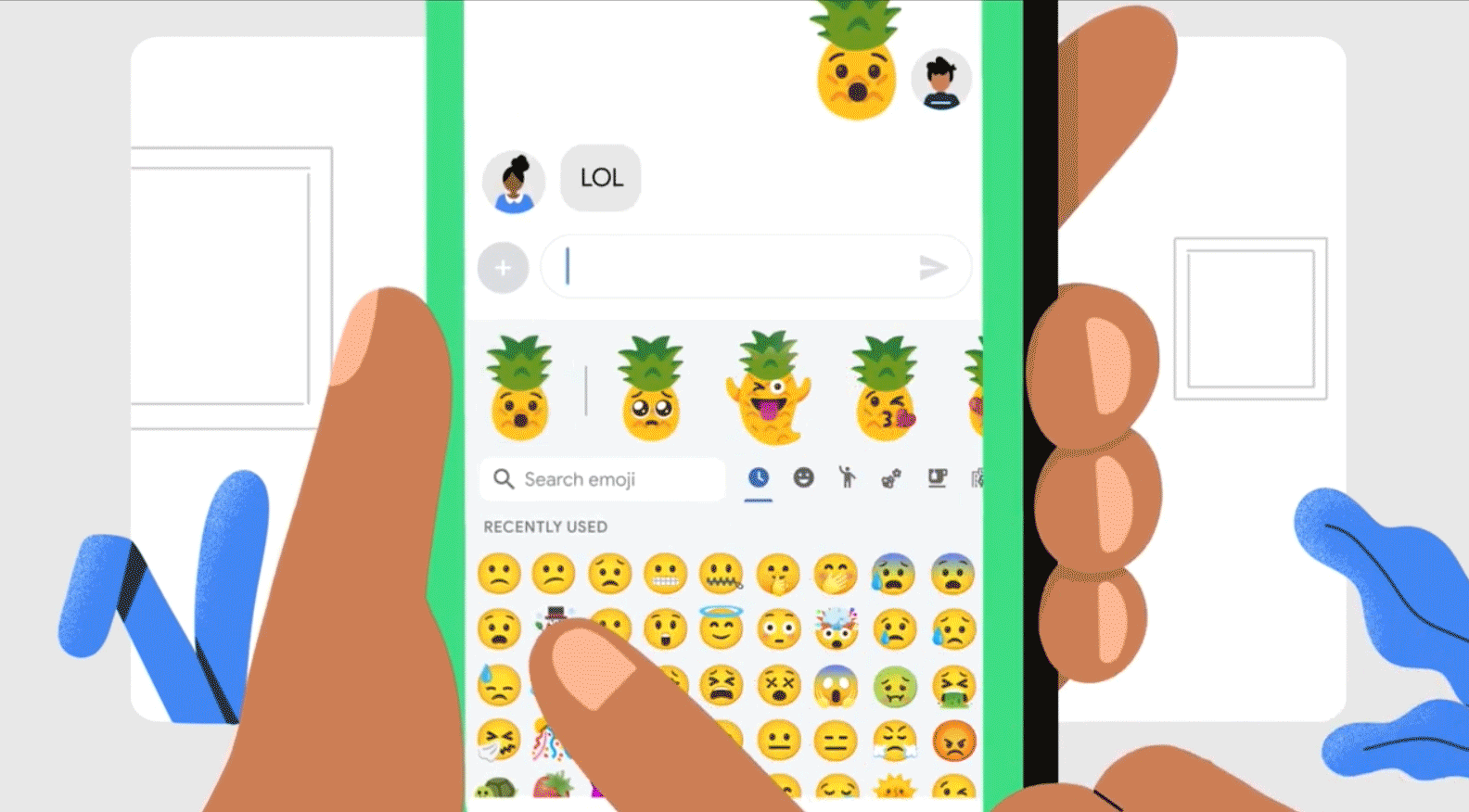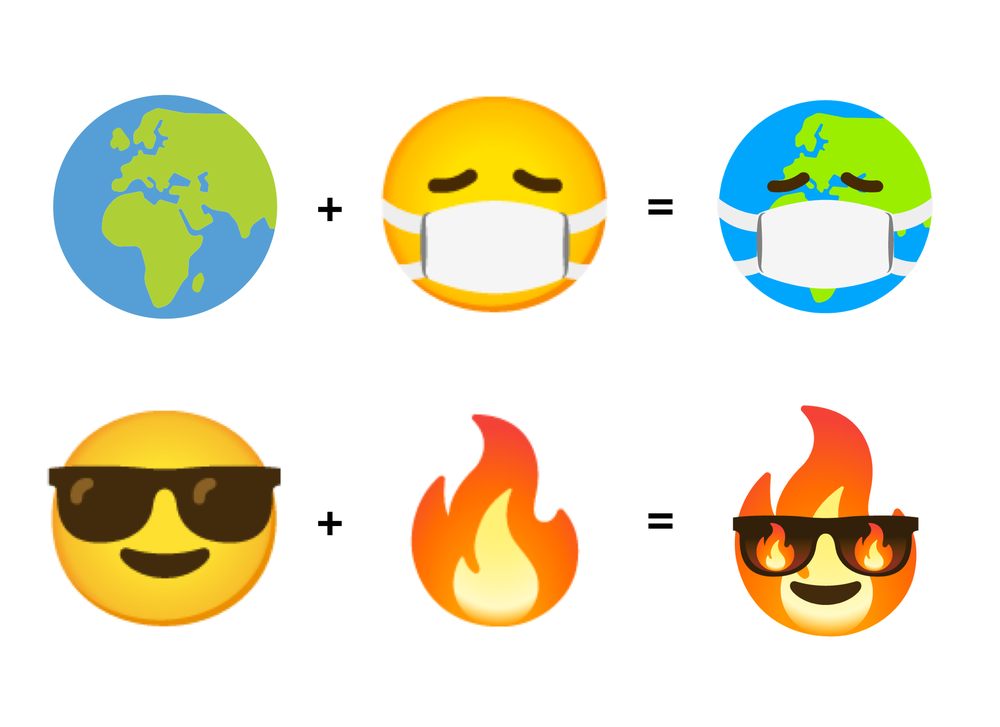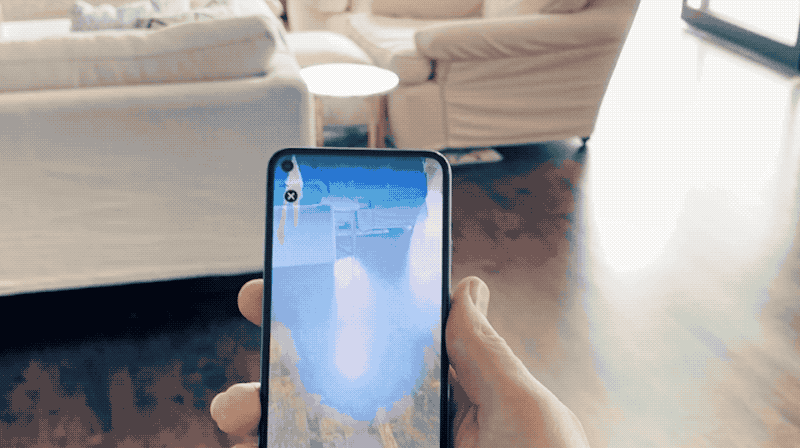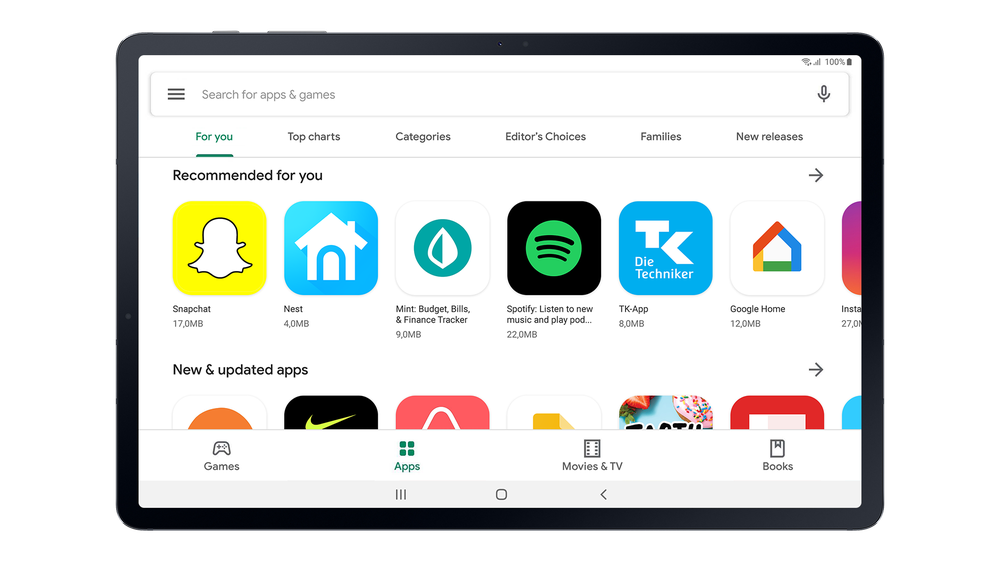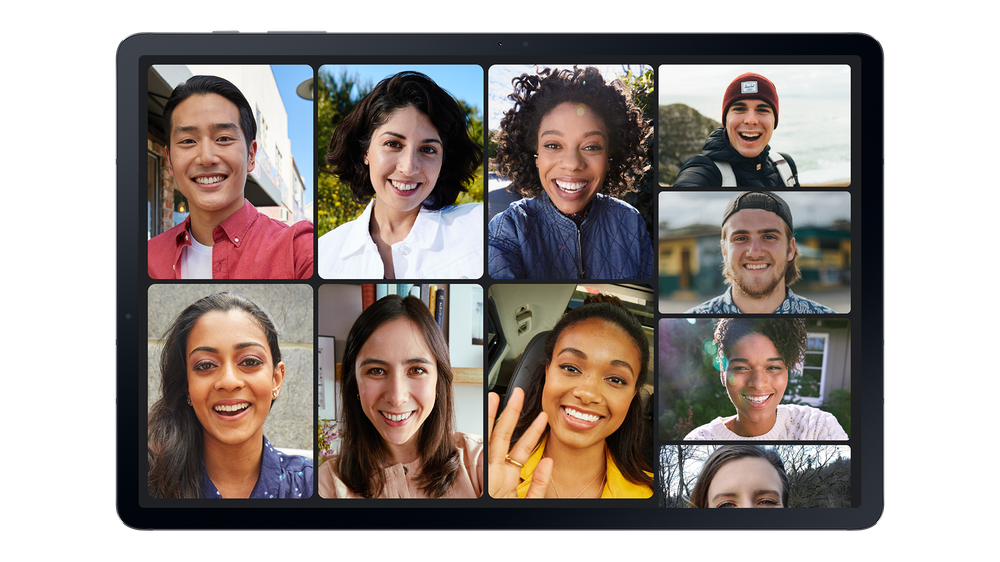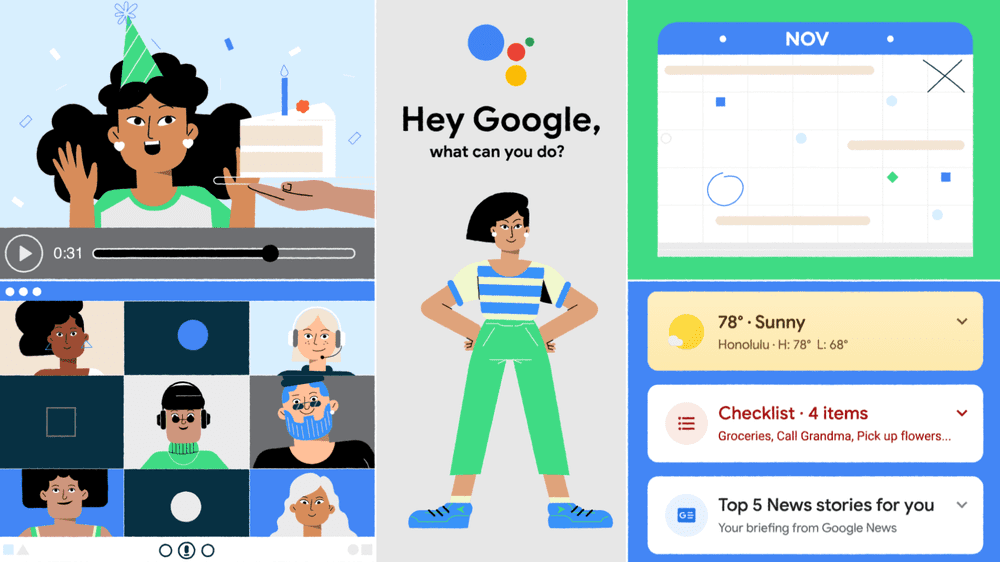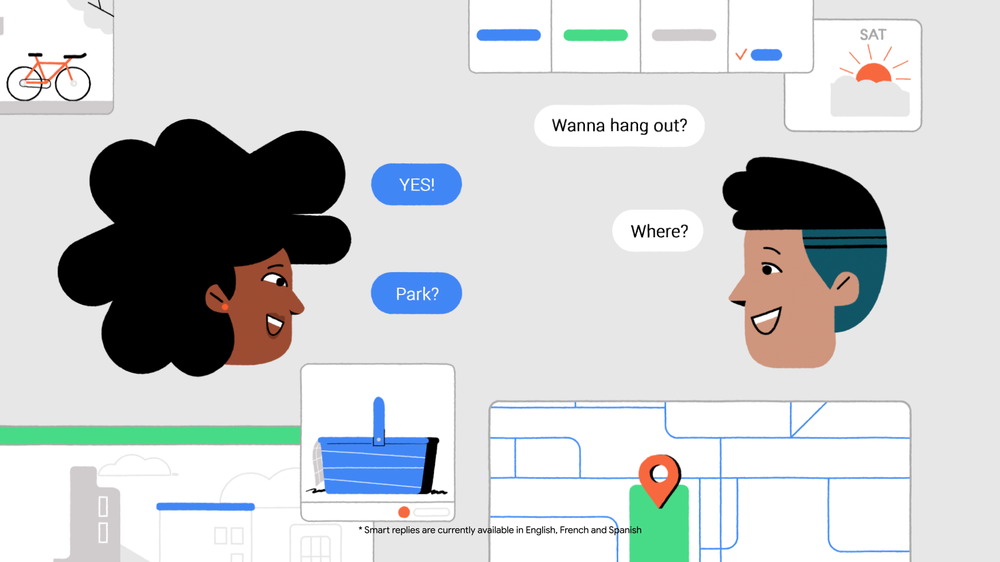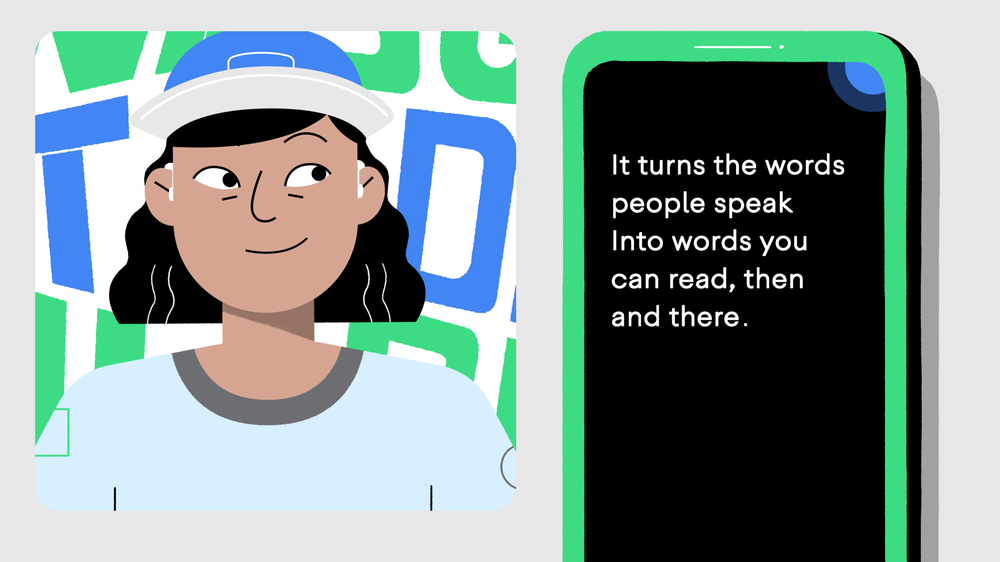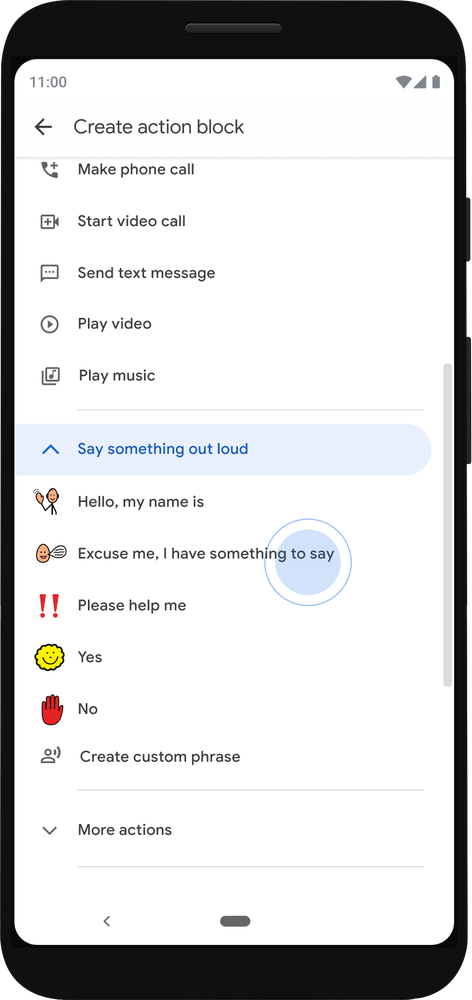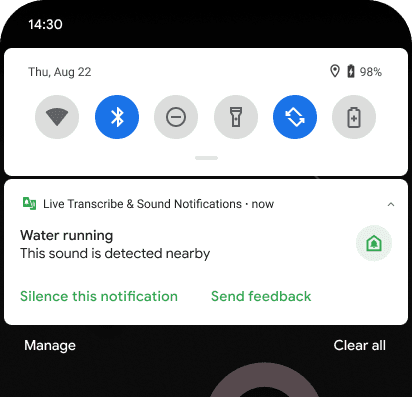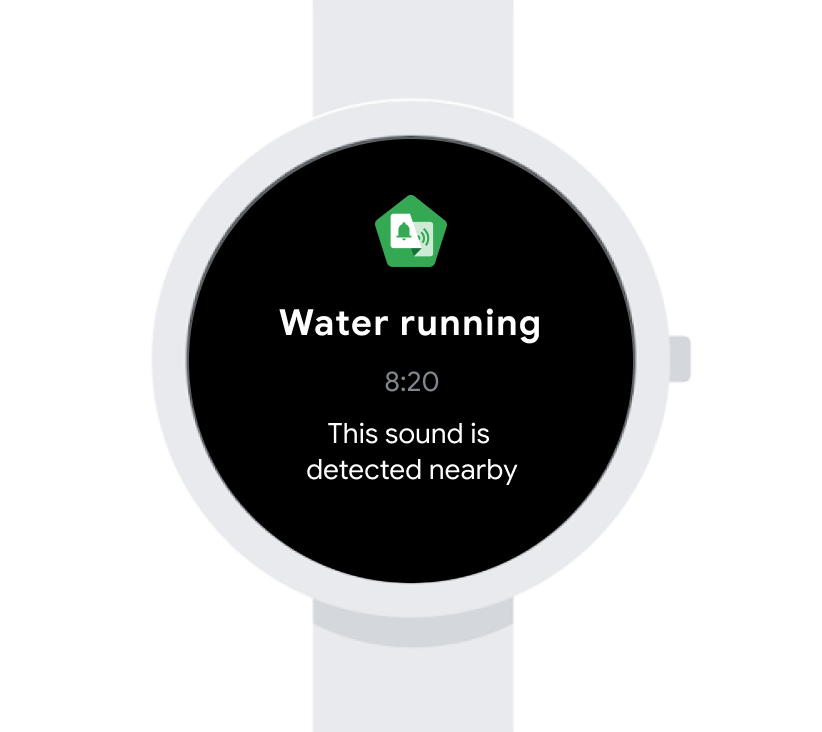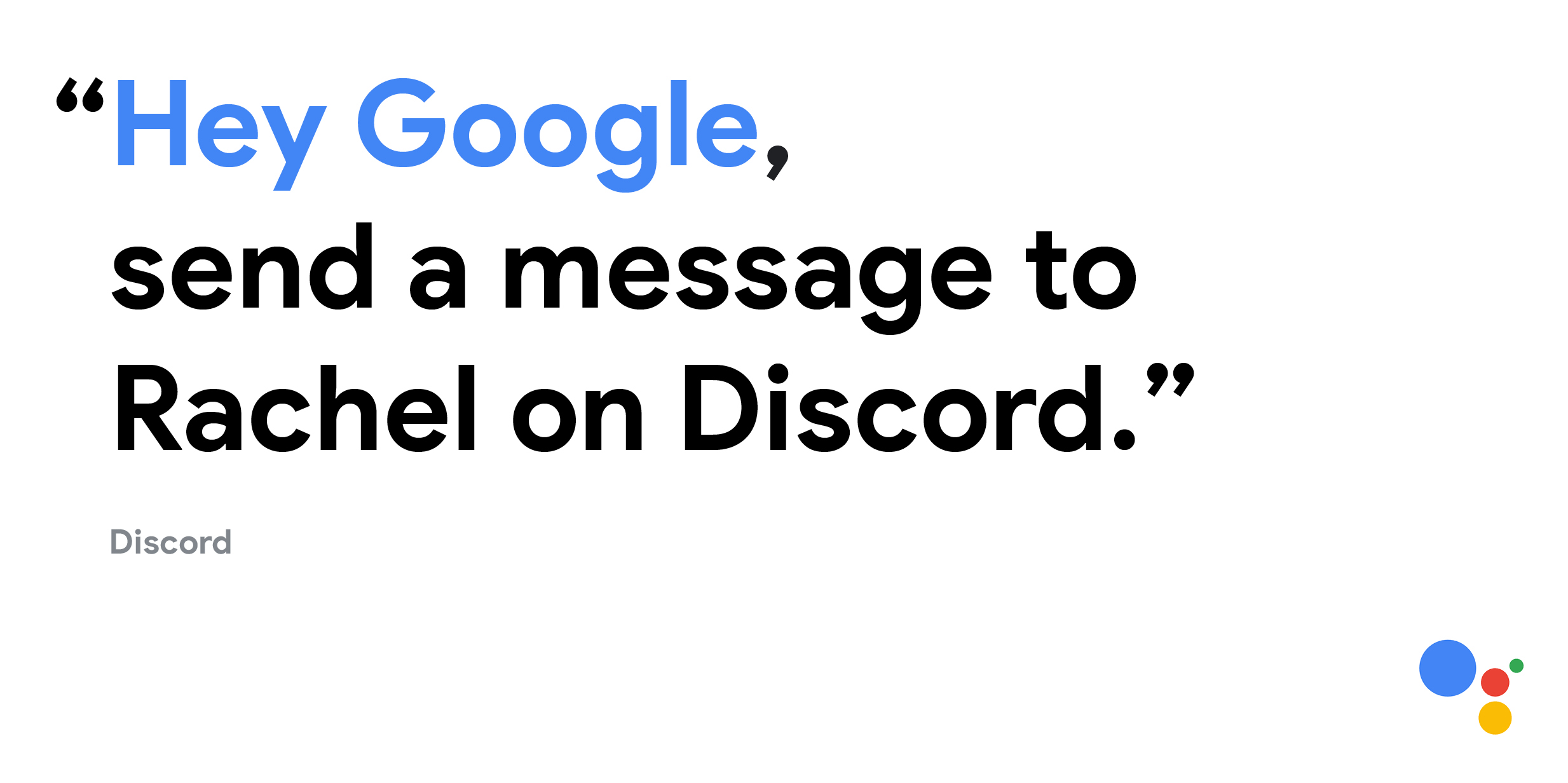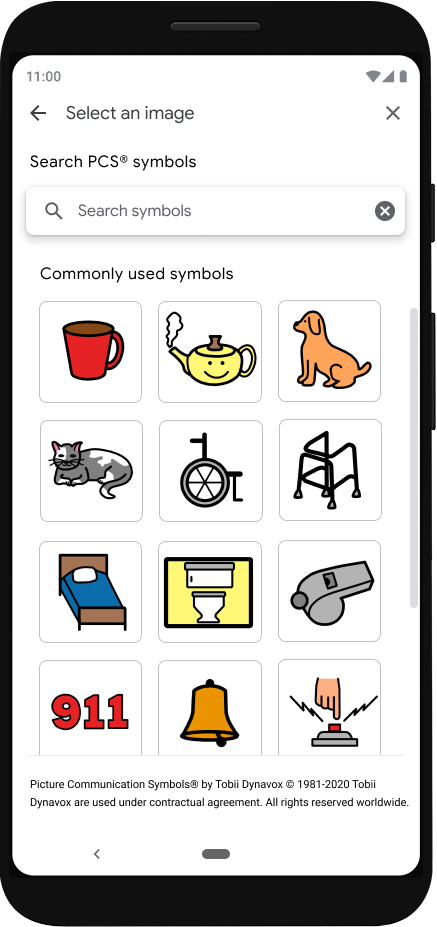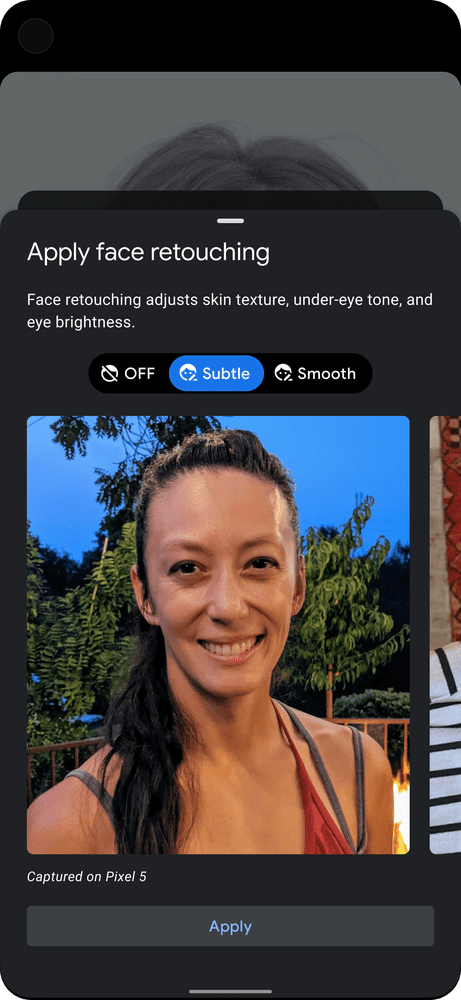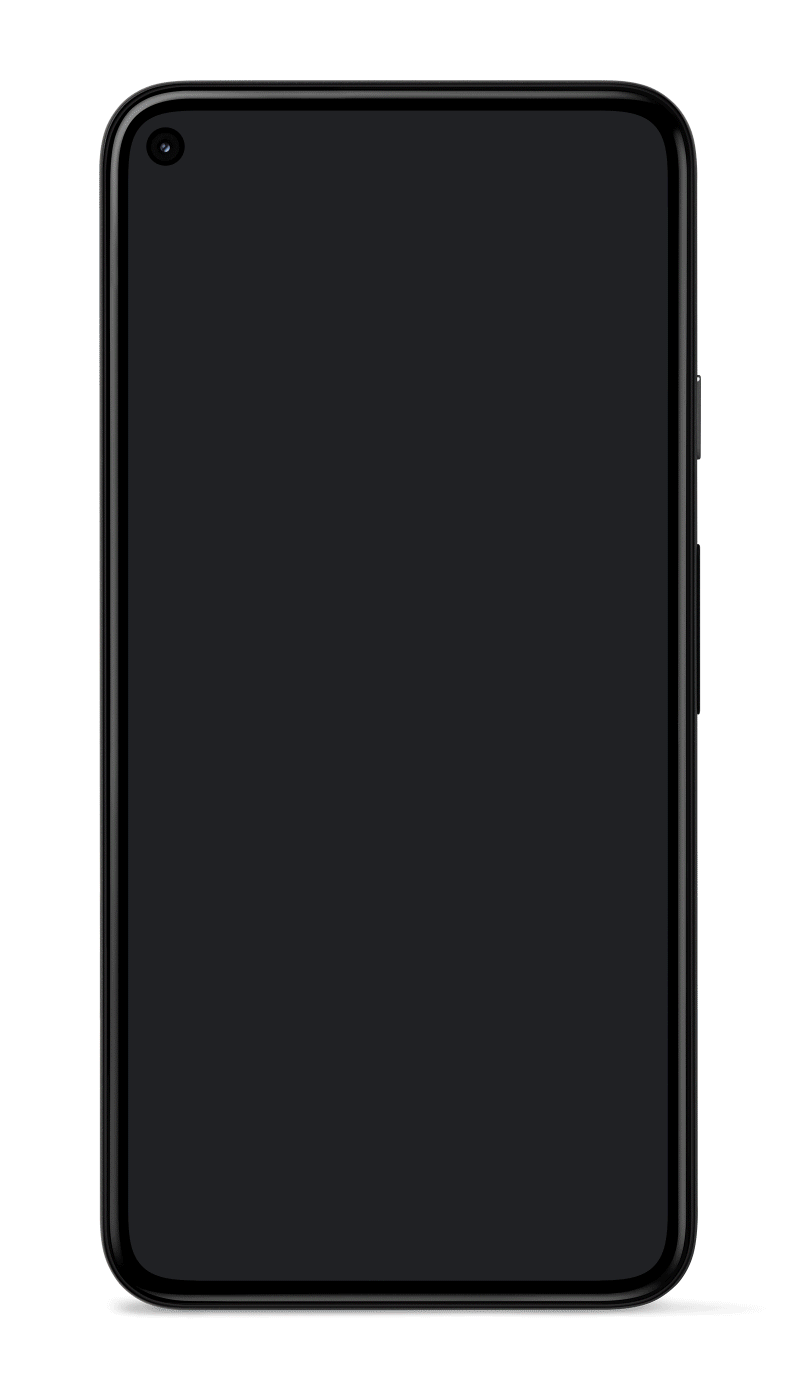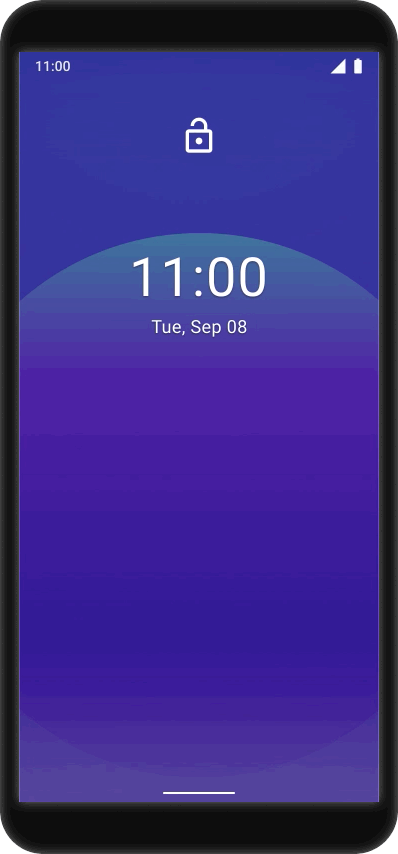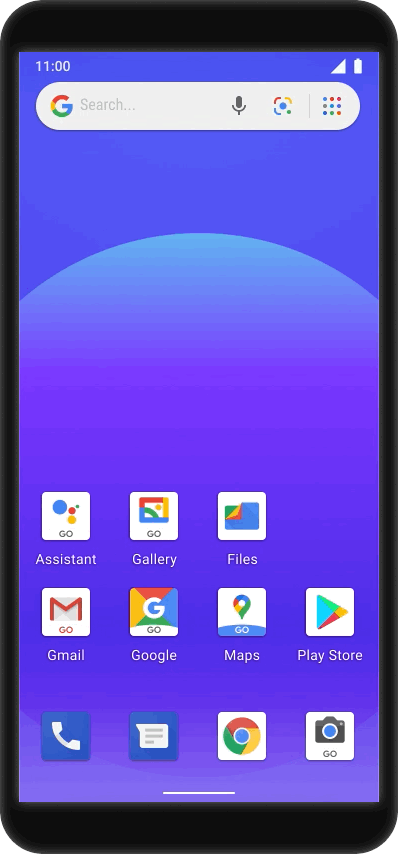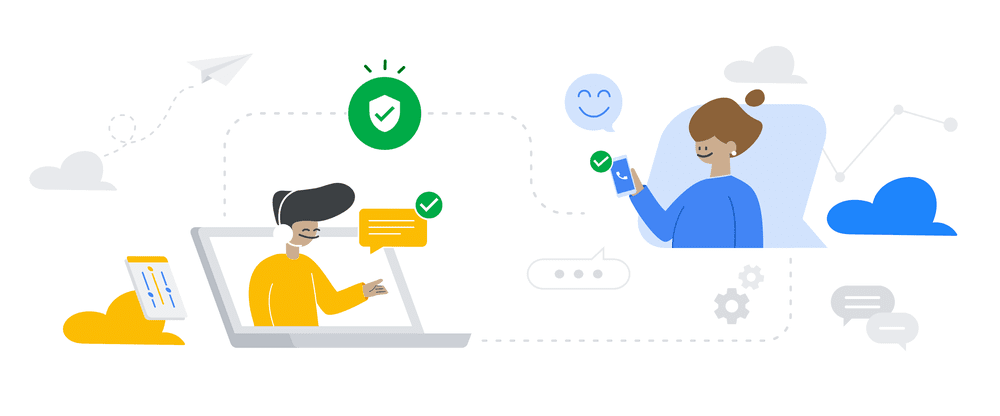Tablets are the perfect device to stay entertained, whether you’re watching a movie from your bed, playing games on your daily commute or reading a book while you travel. The screen is bigger than your phone, but more portable than your TV. In fact, over the last year, we’ve seen over 30 percent more people start using Android tablets compared to the prior year.
As a versatile device with many different capabilities, whole families often share the same tablet. Last year, we introduced Kids Space as a way for your kids under 9 to learn and have fun with recommended apps, books and videos on Android tablets. And for the rest of the family members, we’re now bringing you a new Android tablet experience that places the entertainment content you love front and center.
Entertainment Space is a one-stop, personalized home for all your favorite movies, shows, videos, games and books. You’ll save time and avoid having to hop between apps to try to figure out what to do, whether it’s to watch, play or read. Once you sign in to your subscription apps, Entertainment Space will show you your content in one place and tailored for you. And if you want to share your tablet, everyone in the family can have their own personalized profile.
Hit play on the latest movies, TV shows and YouTube videos
In the Watch tab, you can move between your streaming services, find movies and TV shows to watch, rent or buy from Google TV and view recommended videos from YouTube. With the Continue Watching row, you can also easily hop back into a show you were watching last night. And, if you’re not sure what to watch next, Entertainment Space will surface your personalized and trending recommendation rows from Google TV, Twitch, Hulu and many additional services.

Discover movies, TV shows and YouTube videos in the Watch tab.
Discover the next action-packed game
Build empires. Slay dragons. Save the universe. With the Games tab in Entertainment Space, a world of fun and adventure awaits your discovery with Google Play Games. Jump back into your favorite games in the continue playing row, or explore new games recommended for you. And to help you start playing more quickly, select games in Entertainment Space are available to Instant play – so you can try a game without downloading it.

Explore or hop back into your favorite games in the Play tab.
Bring your favorite books together, and find the next one too
Whether you’re looking for your next read or already have a stack of books on your virtual nightstand, the Read tab is where you’ll find your next chapter from Google Play Books. If your eyes get tired but you want more stories, you can find audiobooks in this section, too. Check out free sneak peeks before committing, plus see books with discounted prices and recommendations based on what’s trending and what meets your tastes.

Find your next book and audiobook in the Read tab.
Starting this month, Entertainment Space will be available on Walmart onn. tablets. And later this year, Entertainment Space will roll out globally on new and select existing Android tablets from Lenovo™, Sharp and more.
Introducing Entertainment Space, a one-stop, personalized home on Android tablets.
Website: LINK

